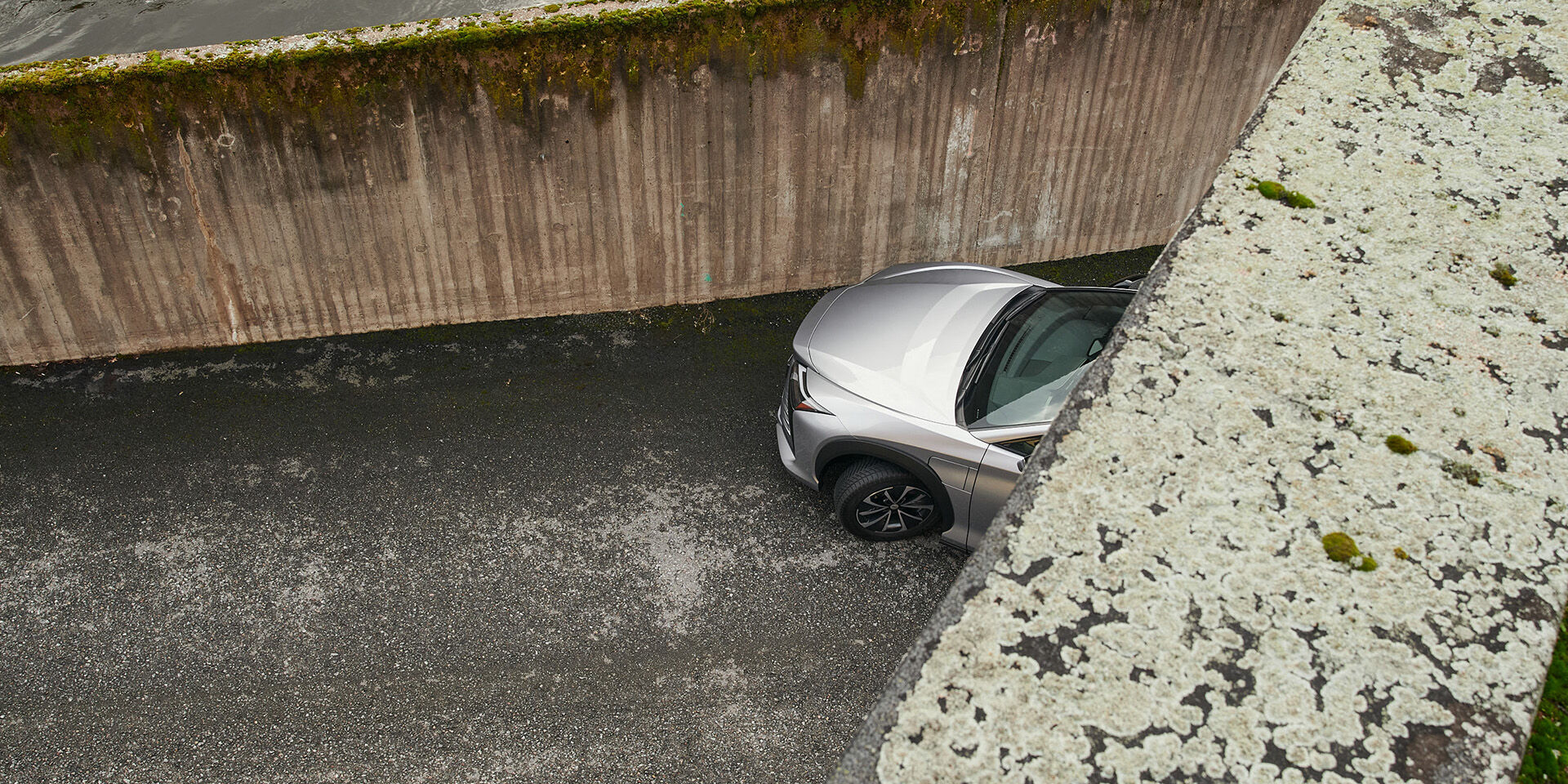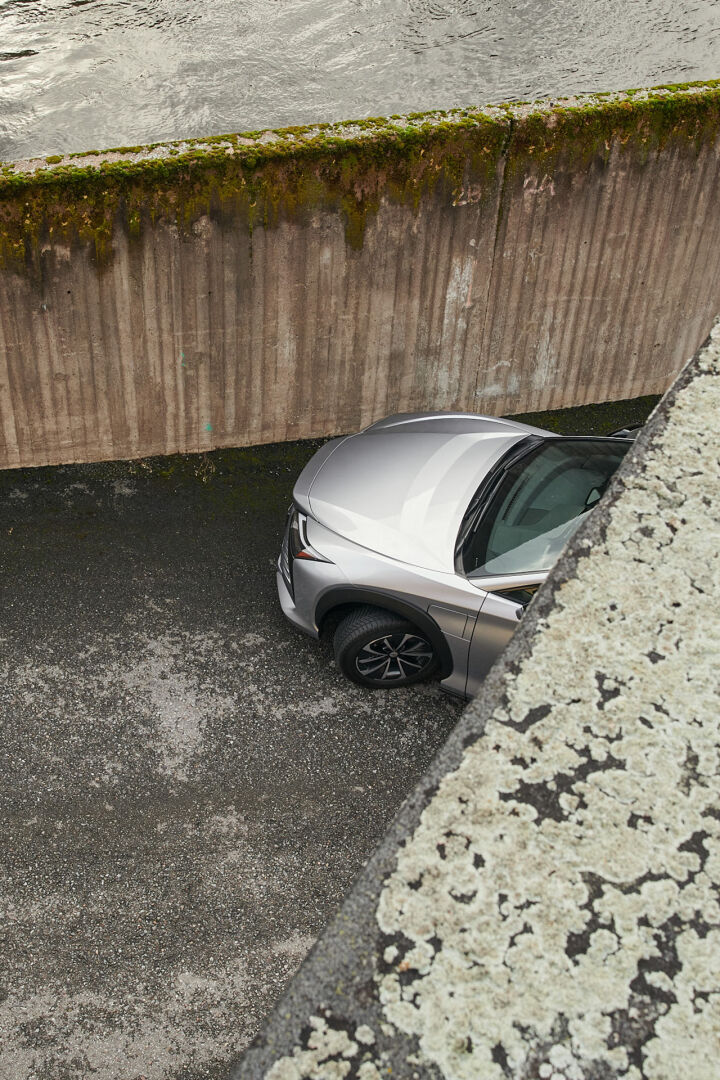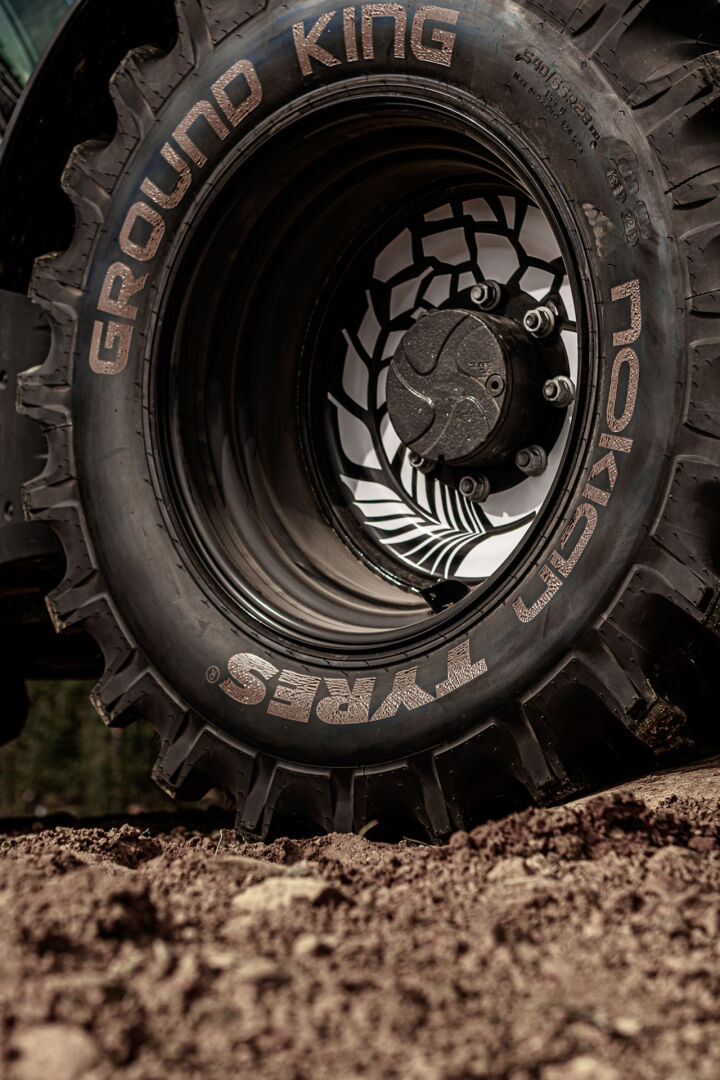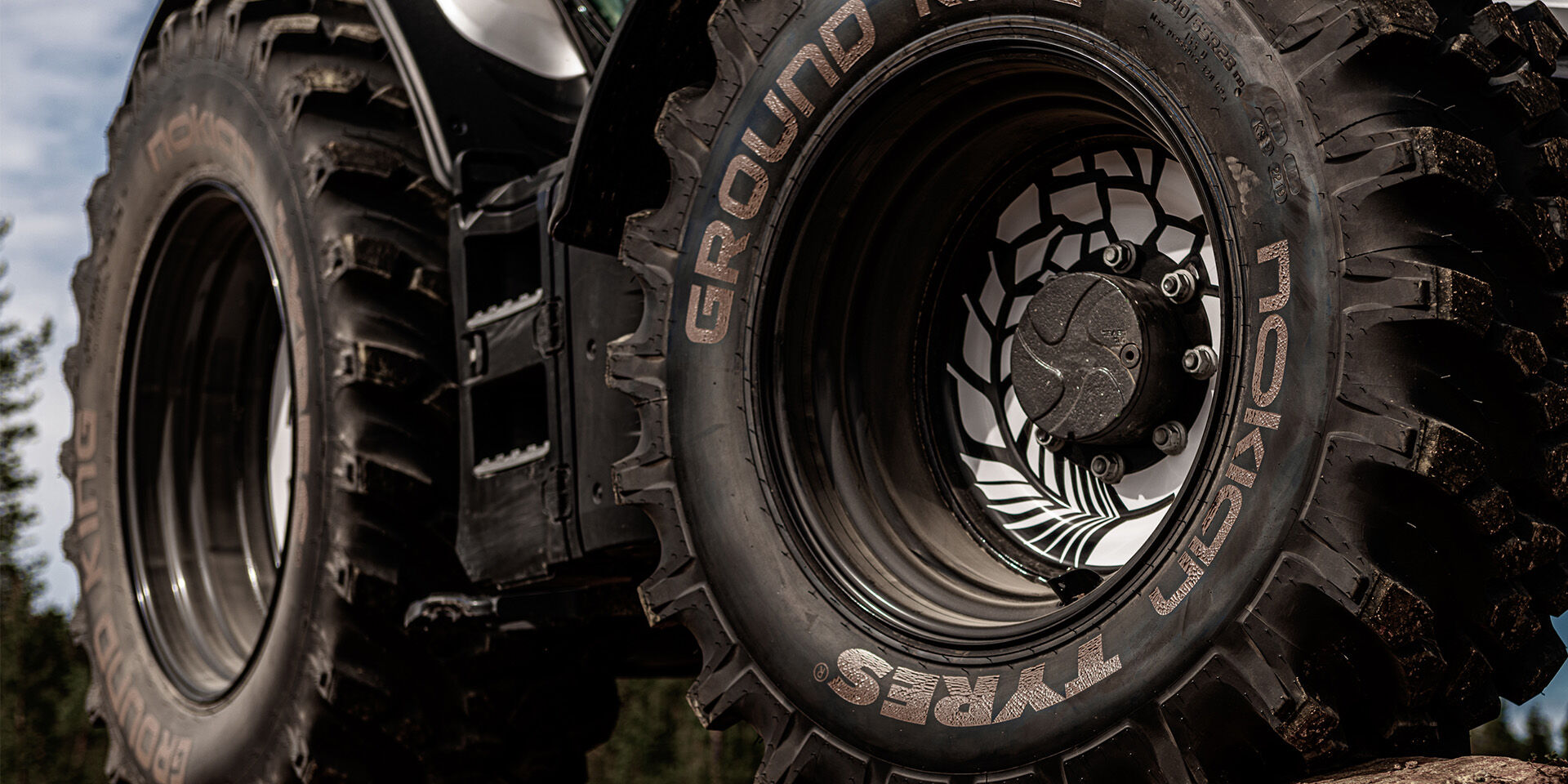Market and trends


A market of 600 million tires
Nokian Tyres passenger car tires are mainly sold in the replacement tire market, selling tires to consumers via dealers. According to Global Data, the size of the replacement tire market for passenger car tires, SUV tires, and pick-up truck tires in Nokian Tyres’ primary markets in the Nordic countries, Central Europe, and North America amounted to approximately 600 million tires. The U.S. Tire Manufacturers Association (USTMA) estimates that the North American market covers nearly half of the total market.


Growing trend
Passenger car tires
According to Global Data, the demand for tires will grow moderately in Nokian Tyres’ primary markets during 2024–2027. The yearly growth rate is estimated to be approximately 2 percent in the Nordic countries and North America and approximately 1 percent in Central Europe. In addition to Nokian Tyres, companies like Bridgestone, Michelin, Goodyear, Continental and Pirelli operate on these markets.
SUV tires
The number of electric cars and SUVs is growing constantly, further increasing the demand for larger-size tires in all markets. Due to the changing weather conditions caused by climate change, the demand for all-season and all-weather tires is growing.
Heavy tires
Nokian Tyres’ heavy tires are sold in both the original equipment and replacement markets. Nokian Tyres estimates that the size of the global market for heavy tires was slightly over USD 30 billion in 2022. Smithers estimates that the market is expected to grow 5.5 percent per year until 2027. The growth rate is the highest, over 6 percent per year, in the market for tires used in the mining and construction industry and for harbor vehicles. The market for tires used in heavy industry vehicles will grow approximately 5 percent per year, and the market for special tires for forestry and agricultural machinery will grow approximately 4.5 percent.
Key mega and market trends
1. Automotive industry disruption
The automotive industry is in a state of rapid evolution, fueled by the shift towards electric vehicles (EVs), rise of autonomous driving and the move from individual to shared car ownership. This changes not only driving but also the demands placed on vehicle performance and functionality.
EVs
The number of EV cars is growing; long-existing car brands are investing in EVs, and new brands are focusing solely on EVs. The electrification of driving is also influencing tire design, with increased focus on low rolling resistance and supporting the weight of EV batteries.
Autonomous driving
Many companies in the car industry are developing smart autonomous vehicles for various uses. Self-driving cars would be even more aware of their surroundings and could optimize driving and route selection based on maximum security. Alongside passenger cars, autonomous driving is expected to change especially the industries of agriculture, trucking and construction.
Customer & ownership
Consumption is shifting from the traditional model of individual car ownership towards shared ownership – in both consumer and industrial sectors. Shared ownership means increased usage per vehicle, which leads to greater mileage and load per vehicle, further increasing the importance of durability and optimized performance.
2. Digitalization
The digital transformation of society is gaining speed, and the number of digital innovations is also growing in the tire industry. Automation and robotics are changing design and manufacturing. Data and connectivity create new business models and redefine the value networks.
Connectivity
Vehicles are increasingly communicating with tires, enabling real-time monitoring of tire pressure, wear, and temperature. This data facilitates predictive maintenance, optimizes tire performance, and enhances safety.
From products to services
Customers are shifting from owning products to accessing the benefits they offer. Emerging subscription models offer consumers flexible access to driving, ensuring more optimized usage as well as convenience. With service-based driving comes service-based maintenance.
Industry 4.0
Smart factories utilize advanced technologies like robotics and AI to optimize production, improve efficiency, and personalize products. The acceleration of technological advancements, fueled by global competition, is enabling a shift from mass production to the creation of smaller batches and unique products.
3. Customer & end-user behavior
Customers seek convenience, value alignment, and digital-first experiences. Both consumers and businesses are turning to online channels to research, buy, and manage their vehicles and services. This shift increases the importance of digital platforms, fleet management, and strong partnerships.
End-user behavior
Consumers are increasingly seeking convenience and ease – in terms of both car usage and purchasing channels. Online platforms need to provide access to a wide range of options and facilitate price comparisons to support end-user expectations. Consumers are increasingly opting for products and services that align with their personal values.
B2B purchasing behavior
As in consumer markets, the increased importance of online channels and the shift towards fleet ownership are impacting B2B purchasing behavior as well. Companies are opting for fleet management solutions that optimize tire maintenance and performance, driving demand for efficient and durable tire options.
Channel partners
Customers are shifting beyond the traditional channels and expect digital self-service. The role of channel partners is increasing.
4. Sustainability
Consumer needs, evolving regulation, and stricter standards encourage the development of environmentally and climate-friendly production processes and tire technologies. Beyond a company’s direct emissions, the focus is shifting towards lowering the carbon footprint of a product's entire lifecycle – from raw materials to use and end-of-life – to minimize the environmental impact at every stage. This includes innovating new ways to use renewable and recycled raw materials, optimizing tire durability and optimizing performance to reduce the energy consumption of driving.
Carbon footprint
The majority of a tire’s carbon footprint is generated during its use, which means that the product development efforts for reducing tires’ environmental impacts are measured during tire use. Recycling, retreading, and reuse programs are being implemented to reduce waste and promote resource efficiency. In addition to implementing CO2 reduction strategies throughout the entire supply chain and responsible recycling practices, optimizing rolling resistance and durability is crucial.
Raw materials
Sustainable high-performance materials, such as renewable, recycled and ISCC+certified materials, are increasingly used to minimize the environmental impact of a tire and reduce the use of fossil-based raw materials. Especially reinforcement and filler materials are increasingly being replaced with recycled materials, such as recycled carbon black and steel. Introducing new materials requires research and innovation to ensure that the tires' safety or durability is not compromised. In addition, the increasing number of raw materials requires some changes in the production processes as well as a wider supplier base.
Energy consumption
The tire industry is facing growing pressure to build more energy-efficient production and products with a lower rolling resistance. To achieve this, manufacturers are focusing especially on weight reduction, new materials and new designs. In addition, companies are increasingly shifting towards more energy-efficient manufacturing and utilizing renewable energy sources.
5. Regulatory demands
The tire industry is facing more and more regulations aimed at reducing its environmental impact and improving safety. These regulations focus on minimizing Tire and Road Wear Particles (TRWP), ensuring transparent communication about tire performance and sustainability, improving fuel efficiency, and minimizing road wear.
TRWP
Changes in design and manufacturing processes are needed to mitigate TRWP’s and its impact on the environment and people. This involves exploring new materials and improving tire durability to minimize microparticle pollution generated from the friction between a tire and a road.
Studded tires & road wear
Regulations aim to reduce the impact of studded tires on road surfaces, both for human health and safety as well as infrastructural reasons. These regulations also promote the development of next-generation studded tires that provide unparalleled winter performance while minimizing road wear.
Tire Labeling
With the regulatory and consumer demands, transparent labeling of products and their environmental impact is increasingly important. Both the parameters and labels as well as the market needs vary between countries and regions.
Energy efficiency
Stringent fuel efficiency standards necessitate the development of tires that optimize rolling resistance and reduce vehicle energy consumption. At the same time, the development of the car fleet is impacting the characteristics needed from tires to meet these needs.
6. Market & product variation
The tire market is diversifying to meet customers’ evolving needs, with specialized tires for fuel efficiency, performance, and autonomous driving. Variations in market needs have led to increased collaboration between car and vehicle manufacturers and tire companies to develop optimal tires for specific vehicle models.
More product categories
The market sees a wider range of car and vehicle types and features, catering to specific needs like fuel efficiency, performance, and autonomous driving. This increasing growth is seen especially in the luxury and SUV categories, and in addition to boosting variance in product demand, it is decreasing the time-to-market of new products.
Market specific products
Market specific needs and preferences drive towards batch production to match specific market needs. In addition to the growing need for product longevity and safety in established markets, there is a need for cost-effective yet durable solutions in emerging markets.
OE products
Original equipment manufacturers are partnering with tire manufacturers to develop specialized tires for specific vehicles, ensuring optimal performance and safety.